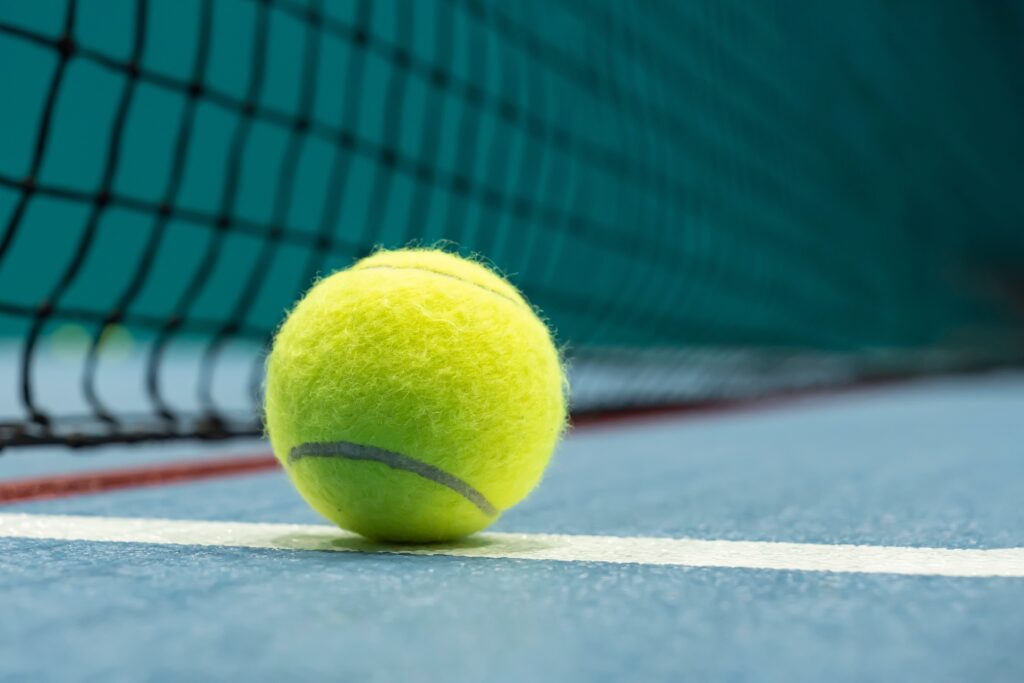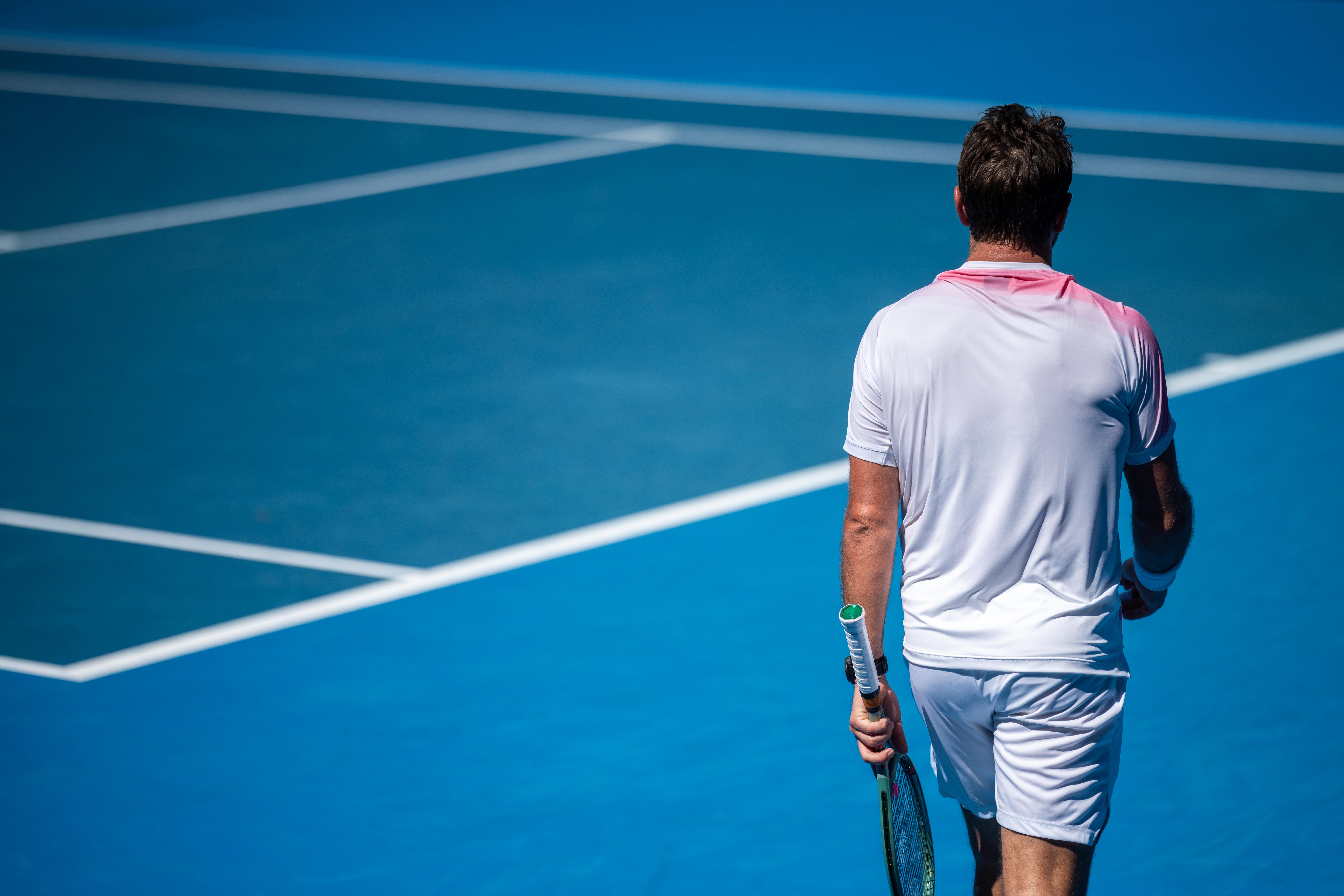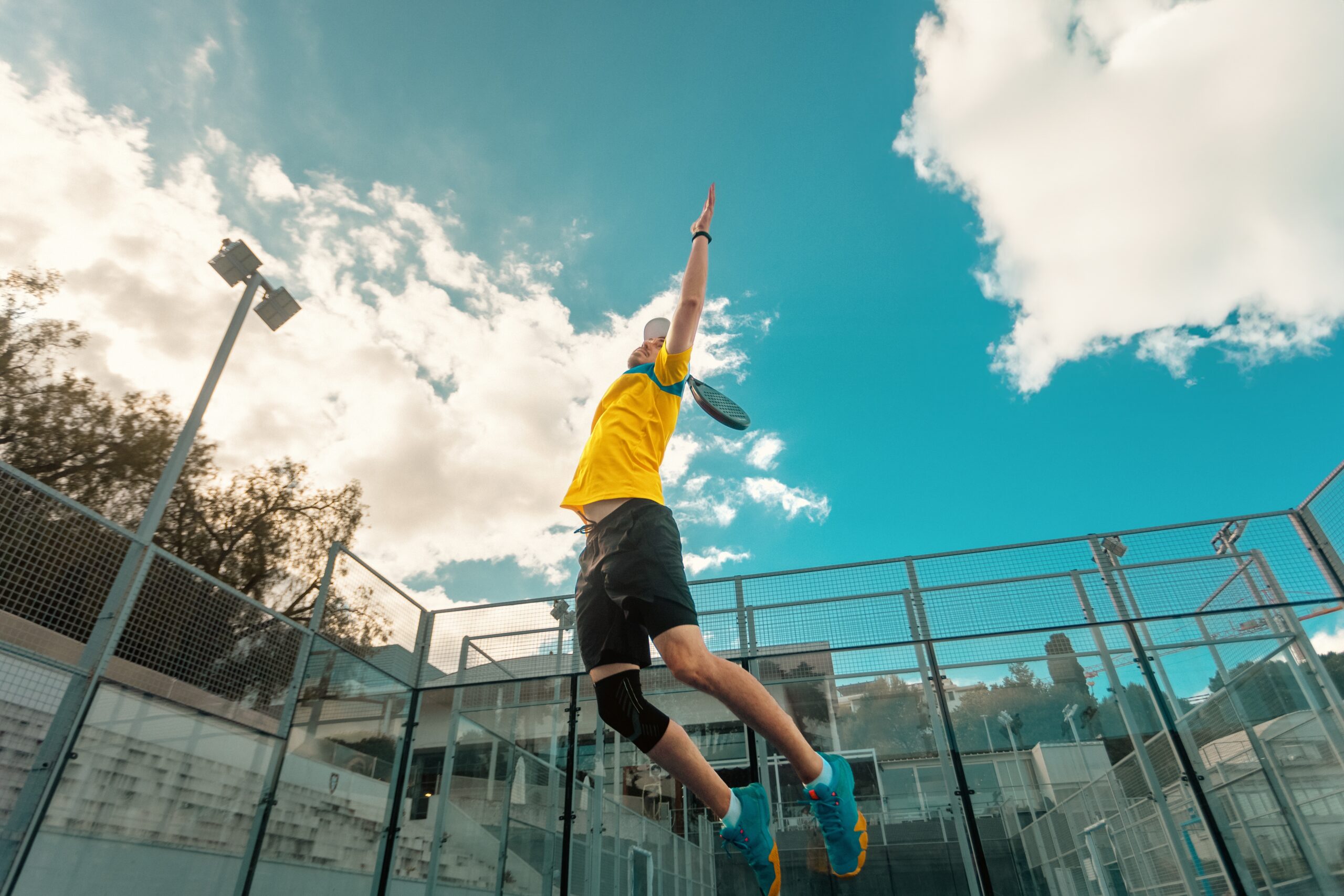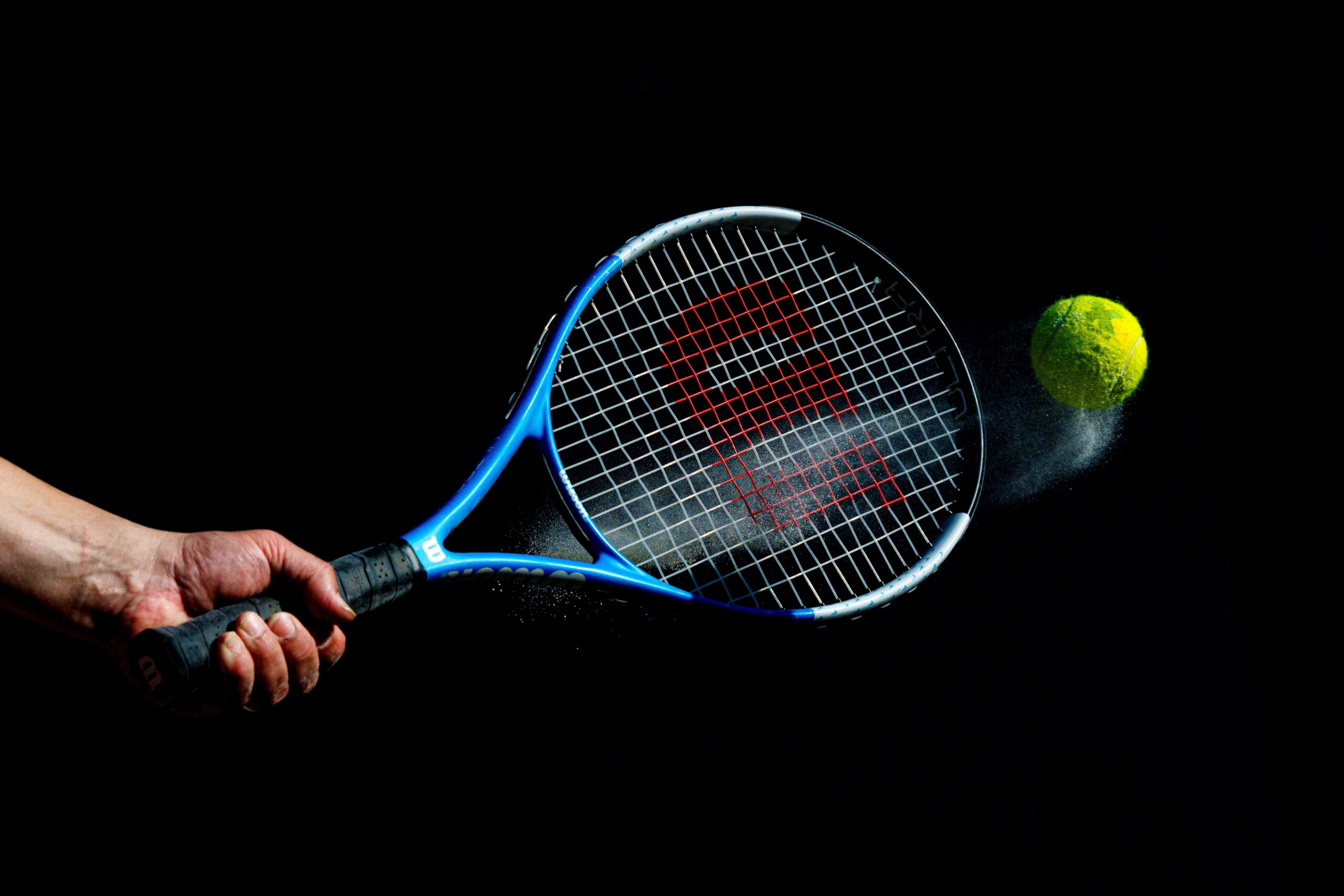Introduction: From Fault Machine to First-Serve Confidence
Let’s be honest — the serve is the most complex, frustrating, and technical shot in tennis. And yet, it’s the only one where you have complete control.
When I first started playing, my serve was… well, let’s say ambitious.
I’d either blast it into the fence, hit the net cord five times in a row, or double-fault under pressure. And it wasn’t just the mechanics — it was the mental block that came with not trusting myself on the line.
So I made a decision:
I wasn’t going to try to serve big — I was going to serve smart, clean, and above all else — consistently.
This is how I built my serve from scratch — and how you can too.
Why Serving Well Matters More Than You Think
It’s not just the first shot — it’s the tone-setter.
A solid serve:
- Gives you control of the point
- Boosts your confidence
- Puts pressure on your opponent
- Creates free points — or at least weak replies
But none of that happens if your serve is unpredictable.
Consistency isn’t boring — it’s powerful.
Step 1: I Broke It Down to the Basics
My biggest breakthrough came when I stopped trying to hit aces and started focusing on technique over speed.
The Key Focus Areas:
- Grip: Continental (a game changer once you commit to it)
- Stance: Balanced, stable, no unnecessary swaying
- Toss: High, straight, and consistent — the unsung hero of every good serve
- Rhythm: Fluid motion, no jerky stops or hitches
- Contact Point: Fully extended, out in front
I worked on each of these individually, then slowly linked them together.
If you’re fixing five things at once, you’re fixing nothing. Tackle one part at a time.
Step 2: I Created a Simple, Repeatable Routine
Before every serve — whether in practice or a match — I do the same things:
- Bounce the ball 3–4 times
- Take a deep breath
- Visualise the target
- Toss with focus
- Swing through with intention
The goal? Build habits that your body trusts under pressure. When nerves kick in, your routine keeps you grounded.
Step 3: I Committed to Reps — A Lot of Them
My Weekly Serving Drill:
- 100 serves, 3x per week
- 50 first serves (25 wide, 25 T)
- 25 second serves (topspin focus)
- 25 under match-style pressure (scorekeeping, timed)
I didn’t track speed. I tracked:
- Percentage in
- Target accuracy
- Bounce placement
- Double faults per set
The improvement was slow but steady — and that’s exactly how progress works.

Step 4: I Trained My Second Serve (Not Just My First)
Here’s something I learned the hard way:
A good second serve is more valuable than a fast first one.
What I worked on:
- Topspin mechanics
- Toss slightly over my head (not in front)
- Swing with confidence, not fear
- Land in the court to commit to the shot
I practised second serves more than firsts for an entire month — and my double faults dropped by 50%.
A reliable second serve = more mental freedom on court.
Step 5: I Simulated Match Pressure
Practising serves in isolation is helpful, but it doesn’t prepare you for how it feels at 30–40 down in a tight set.
So I made drills to mimic pressure:
- Serve games to 7 (only second serves allowed)
- Serve at 30–40 over and over
- Serve under time pressure with a scoreboard
- Partner calls “break point” randomly before the serve
If you want to feel confident in matches, you have to put yourself under pressure in practice.
Pavel’s Serve Progress Snapshot
| Phase | What Changed | Outcome |
|---|---|---|
| Month 1 | Grip + stance work | Less shanking, better balance |
| Month 2–3 | Toss + rhythm | Fewer faults, more consistent contact |
| Month 4 | Target training | Increased serve placement accuracy |
| Month 5–6 | Second serve focus | Less hesitation, fewer double faults |
| Month 7+ | Matchplay simulation | Confidence in tight moments |
This didn’t happen overnight. It was a season of small wins that added up.
Final Thoughts: Serve Like You Mean It — Every Time
If your serve is your weakest shot, I get it.
It’s the most exposed moment in tennis — just you, the ball, and the eyes watching.
But the beauty of the serve is this: you’re in control.
You don’t need luck. You need routine, repetition, and self-belief.
Don’t try to be flashy. Be consistent. Let consistency become your power.
Because once you trust your serve, everything else gets easier.







